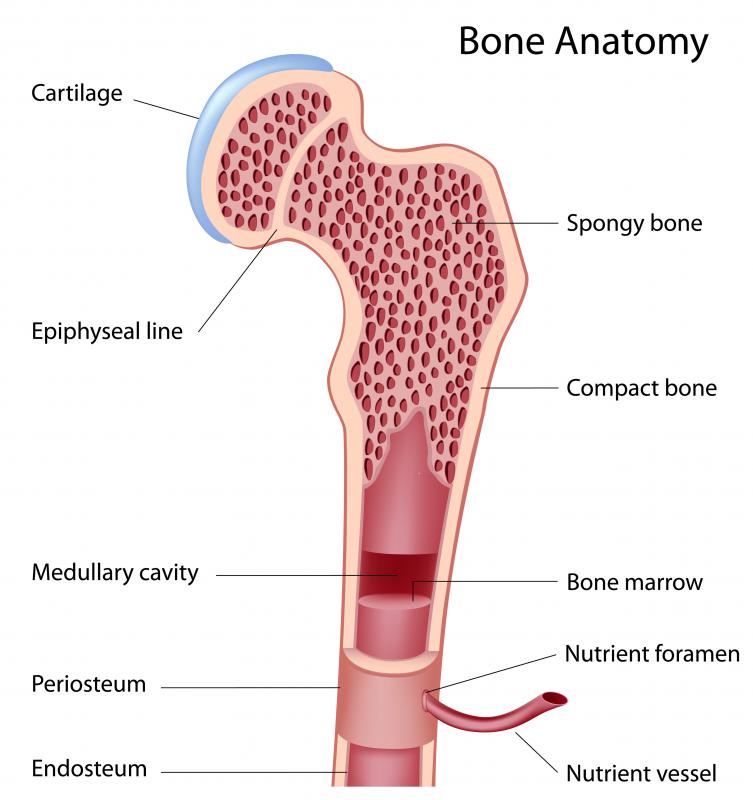At WiseGEEK, we're committed to delivering accurate, trustworthy information. Our expert-authored content is rigorously fact-checked and sourced from credible authorities. Discover how we uphold the highest standards in providing you with reliable knowledge.
How do I Become a Bone Marrow Donor?
For most people, there are a few initial steps required to become a bone marrow donor. Unless donating directly to a known family member or friend, the way to follow this path is by joining a registry, which may be used to find donors that genetically match those in need. Registries vary by region and in places like the US there might be state, countrywide and even military registries with which people could sign up. National ones like the National Marrow Donor Program even offer online registration to begin the process.
Most bone marrow donor registries have a list of health, fitness and age criteria that people need to meet in order to be considered. It is rare for people under the age of consent, usually 18 years old, to be allowed to participate in a registry. Cut-off age for participants is normally at about 60 years old. Certain health conditions like diagnosis of Hepatitis B or C, or of HIV and possibly other autoimmune disorders may affect ability to register. Reputable matching companies tend to be explicit about what conditions they will or will not allow, even defining upper limits of approved body mass index (BMI) for those interested in participating.

Providing a person does not have an excluding condition, the next step may be review with a doctor or worker at a match center to confirm eligibility. If this is favorable, people usually are asked to give a small blood or tissue sample that is used to establish genetic type of the potential bone marrow donor. This sample helps to match people with those in need of marrow donations.
When needed, a person whose contact information has stayed the same, could be solicited for a bone marrow donation. Sometimes, a person in perfect health is never asked, and this is usually because genetic type is similar to many other donors. On the other hand, those with less common ancestry and genetic type may find they do have a request or more than one. It is so much harder to find matches for people of greater diversity in heritage.
In the majority of bone marrow donor matching systems, a donor doesn’t receive any kind of pay for his/her services and should understand risks, which are fairly minimal, of donation. Donors also have the opportunity to not donate if they choose, depending on each circumstance. Really the only way a person becomes a bone marrow donor is if marrow is needed, good health continues, contact information is reliable, and if the person consents at all stages of the process.
The best way to get started is to find a local or national registry. Many of these are online and have useful FAQs (frequently asked questions). By looking at registry requirements, folks can determine if they meet them, and if not, whether there are other registries that might have different assessment levels. After finding a suitable matching program, people can register and begin to hope that they may someday be able to offer this lifesaving gift to others.
AS FEATURED ON:
AS FEATURED ON:











Discuss this Article
Post your comments